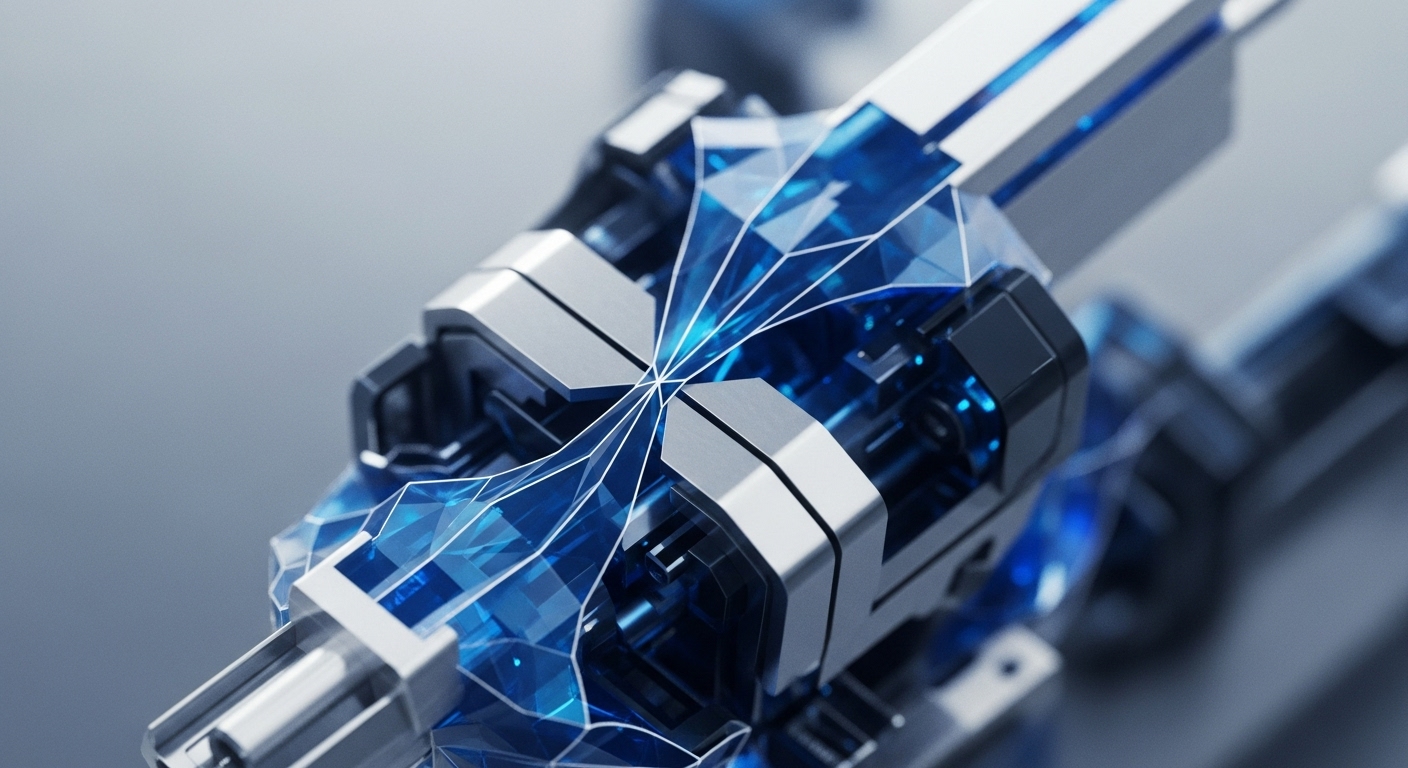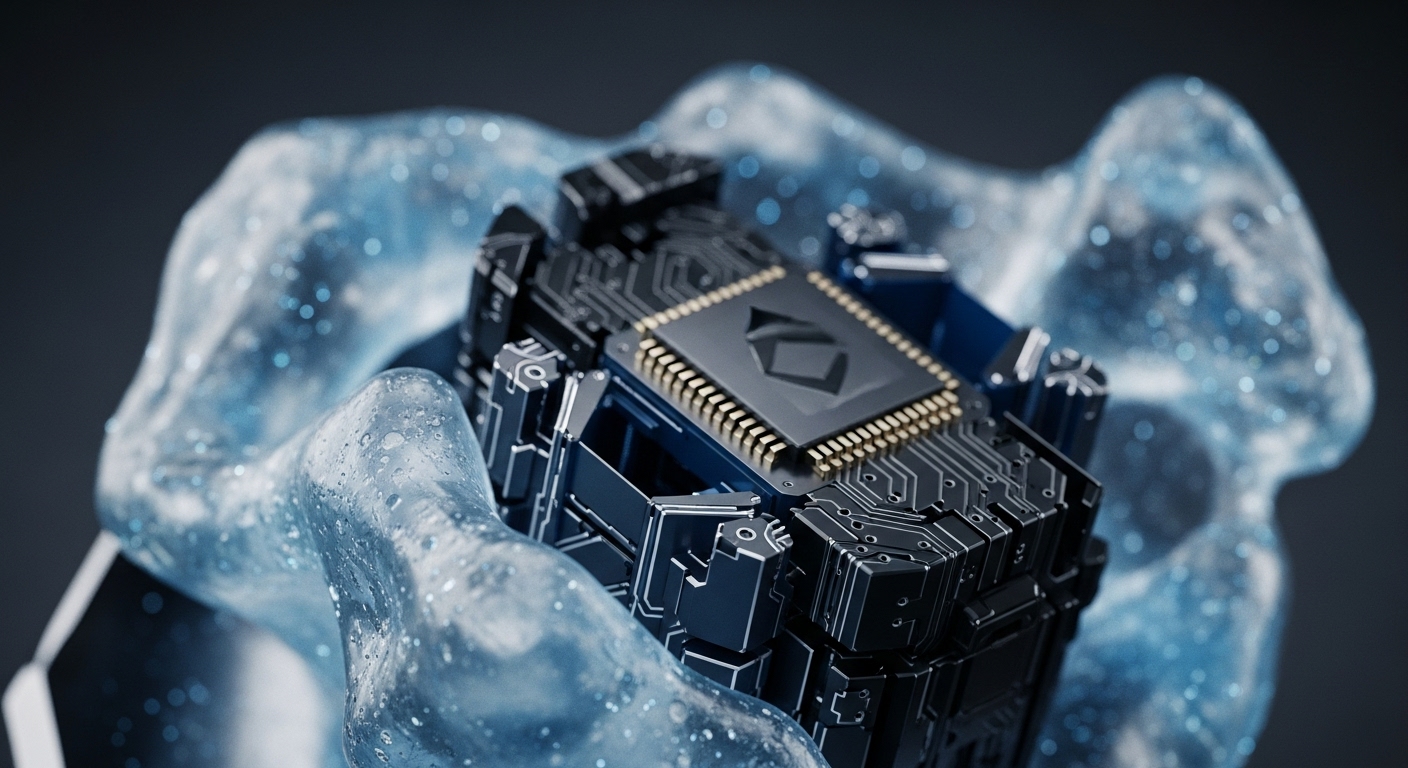
Briefing
The primary bottleneck preventing the practical deployment of zero-knowledge machine learning (zkML) is the substantial computational overhead from verifying that the ML model’s parameters align with their initial cryptographic commitments. The Artemis construction introduces a novel Commit-and-Prove SNARK (CP-SNARK) that elegantly integrates commitment consistency checks into the proof system, utilizing a black-box approach compatible with any homomorphic polynomial commitment scheme. This foundational mechanism drastically reduces prover costs, making the verification of large, complex ML models efficient enough for real-world, decentralized applications and establishing a new standard for verifiable AI accountability.

Context
The established paradigm of zkML research focused on optimizing the complex arithmetic circuits required to prove the correctness of the ML computation itself. This singular emphasis created a systemic imbalance where the necessary preliminary step → verifying the consistency between the committed model parameters and the witness used in the proof → became the dominant performance bottleneck. Previous Commit-and-Prove solutions either required a less general white-box approach, necessitating deep modifications to the underlying proof system, or incurred considerable overhead, preventing the practical deployment of large-scale, verifiably committed models.

Analysis
The Artemis CP-SNARK achieves its efficiency by decoupling the commitment check from the core SNARK arithmetization. Previous methods often required re-computing the commitment check within the circuit, which was computationally expensive. Artemis treats the underlying SNARK as a black box, meaning it does not require deep, specific modification of the proof system’s inner workings.
The mechanism aggregates multiple commitment consistency checks into a single, efficient proof, ensuring that the prover’s witness is cryptographically bound to the external model commitment using a homomorphic polynomial commitment scheme. This approach ensures generality and compatibility with modern, trustless proof systems that do not require a trusted setup.

Parameters
- VGG Model Commitment Check Overhead Reduction → 11.5x to 1.2x (The new construction reduces the overhead associated with commitment verification from being over ten times the base proving cost to a marginal fraction).
- Proof System Compatibility → Black-box use (The construction is compatible with any generic SNARK proof system, enhancing modularity and reusability).
- New CP-SNARK Constructions → Two (Apollo and Artemis) (The paper introduces two new primitives, with Artemis supporting trustless setups).

Outlook
This breakthrough immediately accelerates the path to production-ready zkML, enabling verifiable, private computation for large-scale AI models in critical sectors like healthcare and finance. The black-box compatibility of Artemis with trustless polynomial commitments opens a new research avenue for building modular, highly-optimized CP-SNARKs that can be universally applied across various zero-knowledge applications beyond ML, such as anonymous credentials and decentralized auditing. The next phase involves integrating this primitive into existing decentralized infrastructure to secure verifiable AI agents on-chain.

Verdict
The Artemis construction resolves the critical commitment bottleneck in zkML, establishing a new, generalized primitive essential for scaling trustless, verifiable computation across all decentralized systems.
